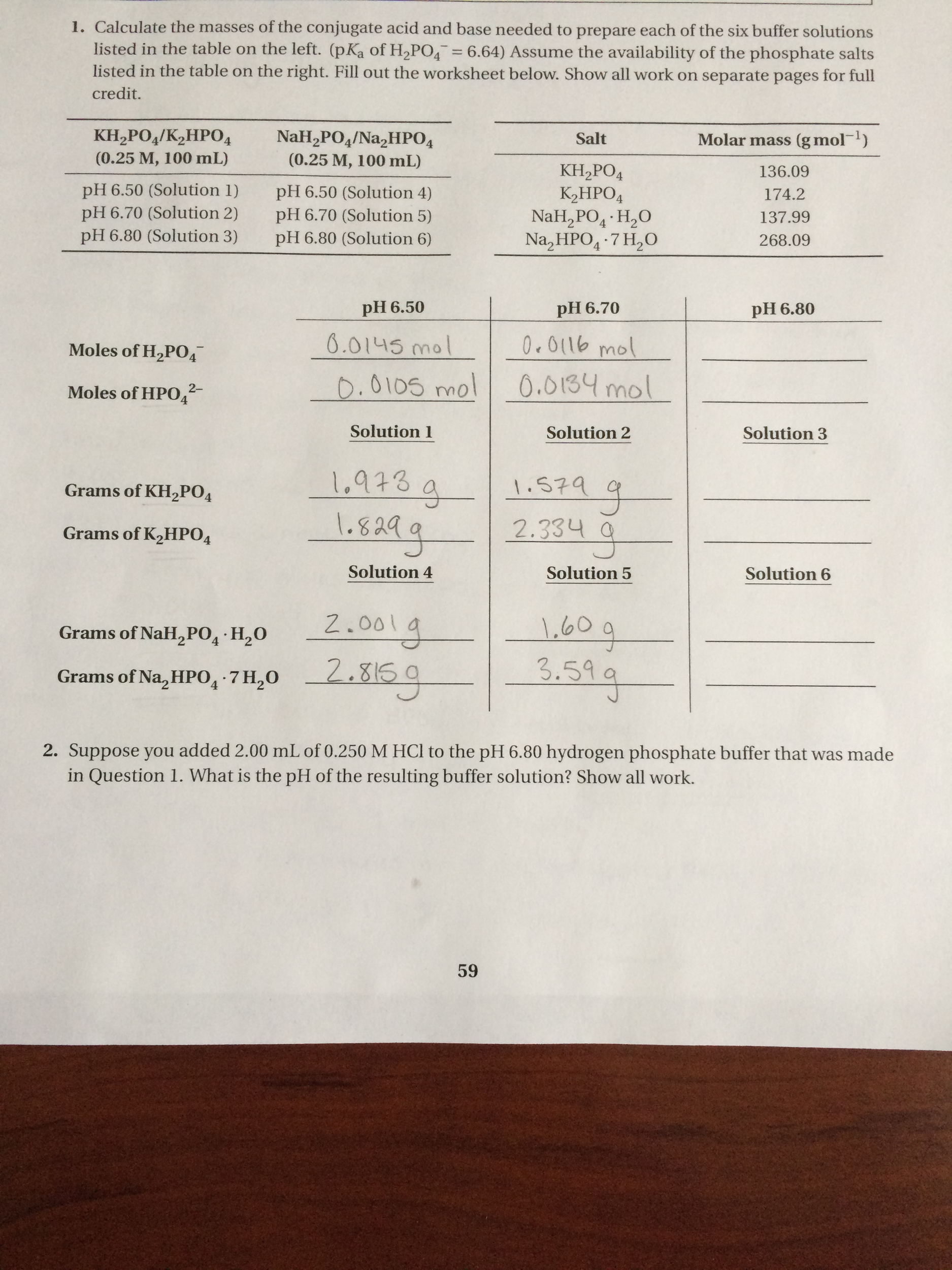

Our best estimate of H 0 = 73.24 ± 1.74 km s −1 Mpc −1 combines the anchors NGC 4258, MW, and LMC, yielding a 2.4% determination (all quoted uncertainties include fully propagated statistical and systematic components).

We consider four geometric distance calibrations of Cepheids: (i) megamasers in NGC 4258, (ii) 8 DEBs in the LMC, (iii) 15 MW Cepheids with parallaxes measured with HST/FGS, HST/WFC3 spatial scanning and/or Hipparcos, and (iv) 2 DEBs in M31. Other noteworthy improvements include a 33% reduction in the systematic uncertainty in the maser distance to NGC 4258, a larger sample of Cepheids in the Large Magellanic Cloud (LMC), a more robust distance to the LMC based on late-type detached eclipsing binaries (DEBs), HST observations of Cepheids in M31, and new HST-based trigonometric parallaxes for Milky Way (MW) Cepheids.

All 19 hosts as well as the megamaser system NGC 4258 have been observed with WFC3 in the optical and NIR, thus nullifying cross-instrument zeropoint errors in the relative distance estimates from Cepheids. The bulk of this improvement comes from new near-infrared (NIR) observations of Cepheid variables in 11 host galaxies of recent type Ia supernovae (SNe Ia), more than doubling the sample of reliable SNe Ia having a Cepheid-calibrated distance to a total of 19 these in turn leverage the magnitude-redshift relation based on ∼300 SNe Ia at z < 0.15. We use the Wide Field Camera 3 (WFC3) on the Hubble Space Telescope (HST) to reduce the uncertainty in the local value of the Hubble constant from 3.3% to 2.4%. Harvard-Smithsonian Center for Astrophysics, Cambridge, MA, USAĭepartment of Astronomy, University of Texas, Austin, TX, USAĪstrophysical Institute, Department of Physics and Astronomy, Ohio University, Athens, OH, USAĭepartment of Physics, University of Illinois at Urbana-Champaign, Urbana, IL, USAĭepartment of Astronomy, University of Illinois at Urbana-Champaign, Urbana, IL, USA The Research School of Astronomy and Astrophysics, Australian National University, Mount Stromlo Observatory, Weston Creek, ACT, Australia

Kavli Institute for Cosmological Physics, University of Chicago, Chicago, IL, USAĭepartment of Astronomy, University of California, Berkeley, CA, USA and Cynthia Woods Mitchell Institute for Fundamental Physics and Astronomy, Department of Physics & Astronomy, Texas A&M University, College Station, TX, USA Department of Physics and Astronomy, Johns Hopkins University, Baltimore, MD, USA Telescope Science Institute, Baltimore, MD, USA


 0 kommentar(er)
0 kommentar(er)
